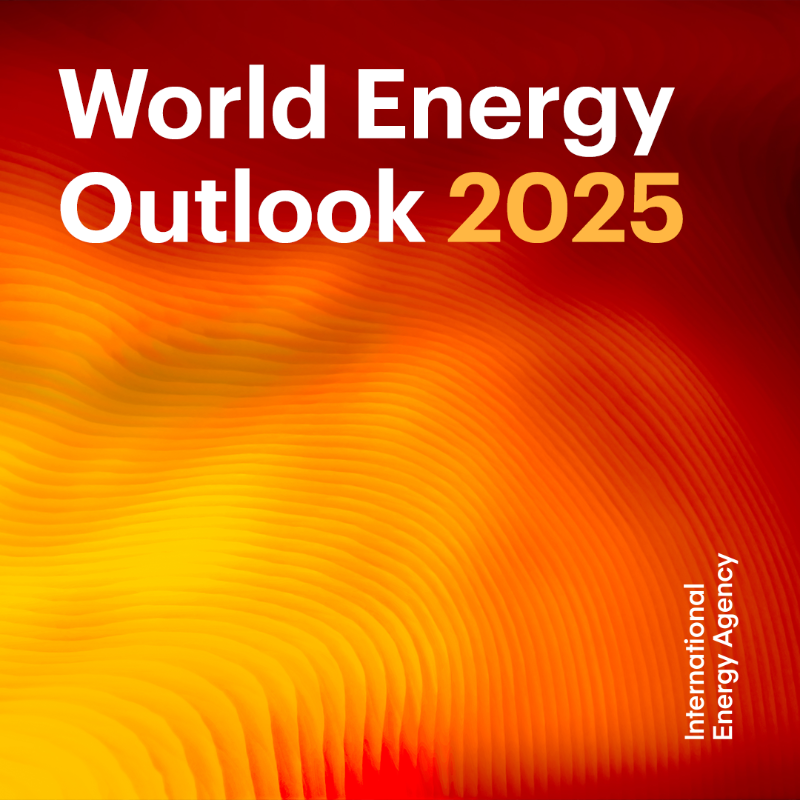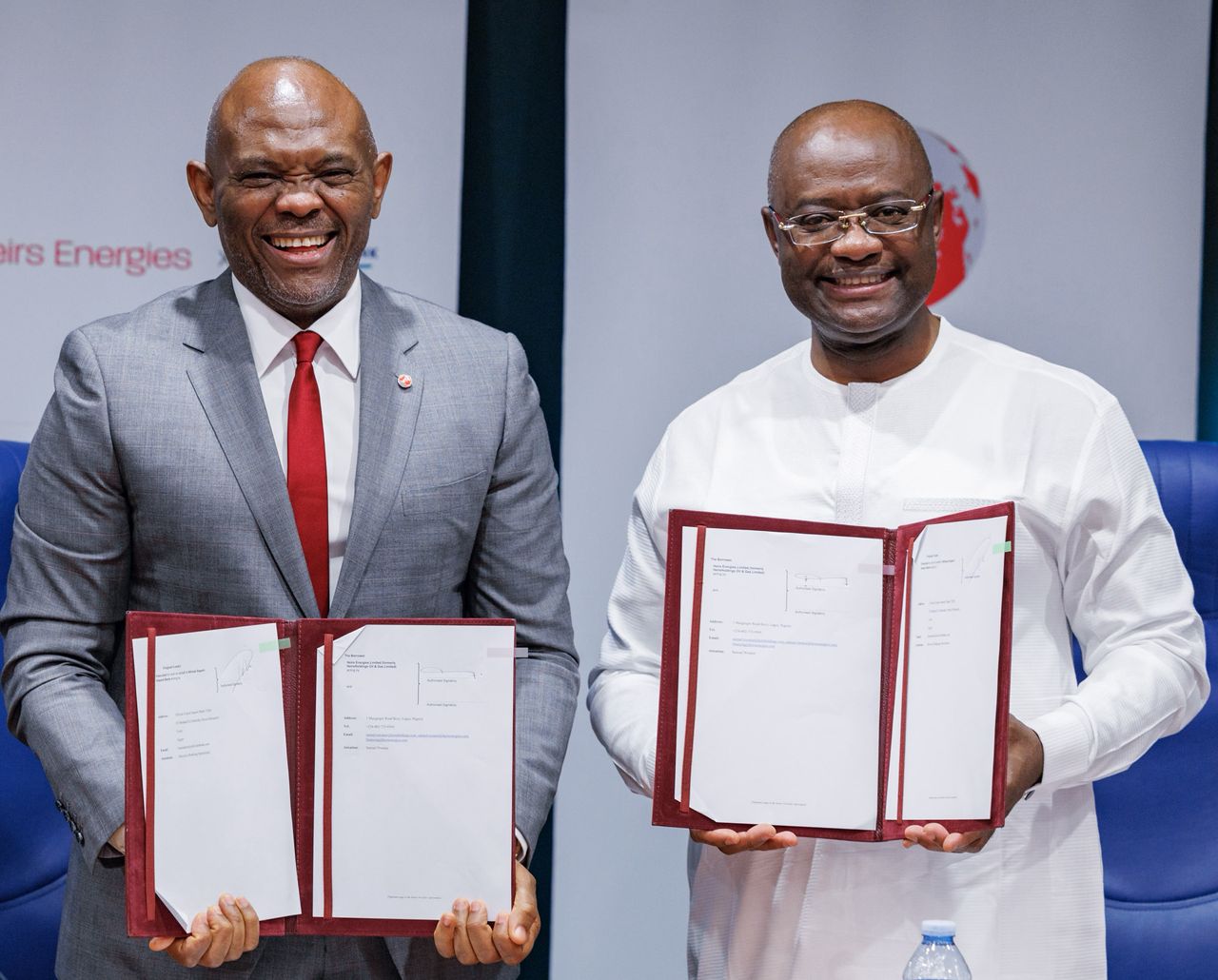Global Oil, Gas Demand To Rise Until 2050 As IEA Warns Climate Targets Unlikely

The International Energy Agency (IEA) has projected that global oil and gas demand will continue to grow until 2050, marking a major shift from its earlier stance that fossil fuel consumption would peak this decade amid the global energy transition.
In its 2025 World Energy Outlook (WEO) released on Wednesday, the Paris-based energy watchdog said global oil demand could reach 113 million barrels per day by mid-century, about 13 percent higher than 2024 levels, under its Current Policies Scenario — which assumes no new climate policies beyond those already implemented.
The IEA’s revised outlook signals that the world is unlikely to meet its climate targets, including the Paris Agreement goal of limiting global warming to 1.5°C, if current consumption trends persist.
“Under existing policies, oil demand continues to grow steadily through 2050, reflecting a slower-than-expected transition away from fossil fuels,” the report stated.
The IEA, long regarded as the West’s leading energy policy adviser, had previously predicted that oil demand would peak before 2030 and warned that no new fossil fuel investments were needed for the world to achieve net-zero emissions by mid-century.
However, the new report abandons that position, reflecting growing energy security concerns and policy reversals in major economies.
The agency’s change in tone comes amid political pressure from Washington, President Donald Trump — who has urged domestic producers to expand oil and gas output.
His Energy Secretary, Chris Wright, has called the IEA’s earlier demand-peak projections “nonsensical.”
The United States remains the IEA’s largest financial contributor, and its policy influence has often shaped the agency’s global energy outlooks, which guide decisions for governments and corporations worldwide.
According to the report, global energy demand is expected to increase by 90 exajoules by 2035, representing a 15 percent rise from today’s levels.
The IEA said it reverted to the Current Policies Scenario for the first time since 2019, noting that many countries have failed to submit updated climate commitments for the 2031–2035 period, making it difficult to model a credible “net-zero pathway.”
Under its Stated Policies Scenario — which includes announced but not yet implemented measures — the IEA projects oil demand to peak around 2030 before plateauing.
In the liquefied natural gas (LNG) sector, final investment decisions for new projects surged in 2025, the report noted. By 2030, about 300 billion cubic metres of new annual LNG export capacity will come online, marking a 50 percent increase in global supply.
Analysts say the IEA’s new projections highlight a growing divergence between energy demand realities and climate ambitions, particularly as countries grapple with energy affordability and security following recent market shocks.
The revised outlook could boost investor confidence in the oil and gas industry, prompting further upstream investments, even as governments face pressure to accelerate renewable energy deployment.













